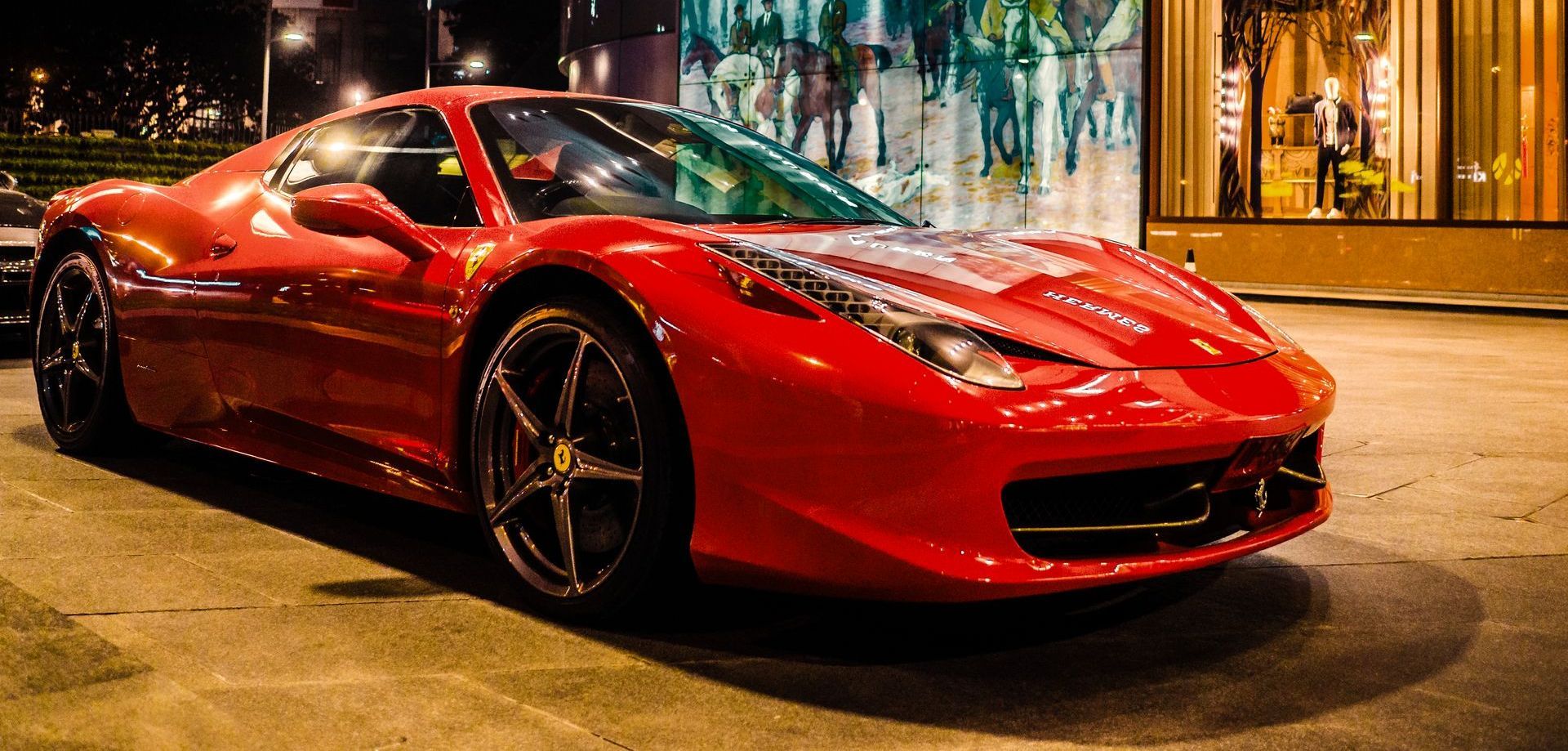Navigating the 2023 Financial Competiton: A Complete Review
In the grand economic competition of 2023, the markets were not short of thoroughbreds and dark horses, each vying for a position in the race of valuation expansion. Looking into 2024, let's take our binoculars to the track and review the strides and stumbles of the past year while casting an eye on the laps ahead.
The Final Quarter Furlong: A Surprising Turn in Valuations
As the 2023 financial race entered its final quarter, valuations broke away from the pack, marking a noticeable expansion. This broad-based movement sprinted past the more predictable cyclical trends of earlier in 2023. The earlier parts of the year saw bond yields surging like stallions out of the gate, but Q4 brought a change in the wind, a transition from the rapid rate hikes to a crowd-pleasing anticipation of rate cuts, allowing yields to ease into a more graceful canter. The US economy, managed to slow without stumbling, maintaining a non-recessive stride despite the looming uncertainty of an election race rife with headline risks.
Europe and China: Diverging Tracks
Europe, however, seemed to falter, showing early signs of recessionary fatigue as it lagged behind in the global relay. In contrast, China, while not breaking any speed records, continued at a relatively higher pace, its economic growth sustained, albeit with a noticeable slowdown.
US Consumer Spending: The Stamina of the Race
Accounting for a significant 68% of the US GDP, consumer spending has been the stamina of the economic race. Despite a slowdown in services and the depletion of covid savings, the top 20% of spenders continued to uphold two-thirds of the consumer spending, with real wage growth turning positive in May 2023. The demographic support remains a positive, indicating enduring opportunities in consumer segments with inherent growth potential—luxury goods and travel services have proven resilient against the headwinds of inflation.
Rest of the World: The Economic Steeds of Q4-23
Relative terms is what matters for decision makers globally. In the final quarter of 2023, China's economy began to regain its pace, spurred by increased demand for services, resilient manufacturing investment, and public infrastructure stimulus. However, the shadow of weak consumer confidence loomed over its recovery.
In stark contrast stood the Indian economy, which exhibited robust growth driven by infrastructure, manufacturing, and industrial production, signaling a healthy investment climate supported by a surge of foreign direct investment. MENA entrepreneur liquidity which had been contained over the past few years, shows signs of releasing. With markets and wealth effect easing in developed markets bodes well for the releasing of that liquidity to be able to be put back into markets.
Risks on the Horizon: The Hurdles Ahead
Investors have their eyes set on a series of risks that could alter the race's outcome. The potential decline in corporate profitability, liquidity risks from central bank actions, and the far-reaching effects of aggressive monetary tightening stand as formidable hurdles. The extent of recovery in consumer spending, the overall weakening of global economic growth, and the geopolitical events that continue to unfold are all factors that could sway the markets.
The Integration of AI: The Efficiency Jockey
The integration of artificial intelligence across healthcare, finance, and creative industries marked 2023 as the year where the efficiency jockey took the reins. AI's transformative capabilities galvanized the markets, driving personalization, decision-making, and problem-solving to new heights and laying the groundwork for long-term growth and innovation. As we look to the stretch ahead, AI's potential appears boundless, promising to revolutionize various sectors while addressing the challenges related to ethics, security, and workforce impacts.
The Global EV Market: A China Electrifying Sprint
China continued to dominate the Global EV market, leading the pack with 60% of global electric car sales. Hot on its heels were Europe and the United States, with the latter celebrating a victory lap for surpassing 1 million EV sales in 2023—a notable feat signaling a substantial market shift.
National policies and incentives, coupled with high oil prices, have spurred sales further, positioning the global EV market on track to meet or outpace even the most ambitious net-zero timelines. The emergence of India, Thailand, and Indonesia as significant players in the EV space has further charged the trend towards electrification.
Portfolio Positioning: Securing the Lead
Decanting all this there remains revealing investment opportunities with secular growth in various niche sectors. From Japanese regional business models to animal health, from structural demographic dynamics to selective luxury goods makers, from global air travel to e-commerce, AI, and leaders in the EV supply chain, disciplined investments have shown promise.
In the 2024 global economic race, outsmarting fear is key to securing outsized returns and capital preservation, much like taming a formidable black horse. Investors must stay composed and alert, as the unpredictable 'black horses' of the market with endurance and foresight.

Schedule a 15-minute Introductory Call
Contact Us
We will get back to you as soon as possible.
Please try again later.












